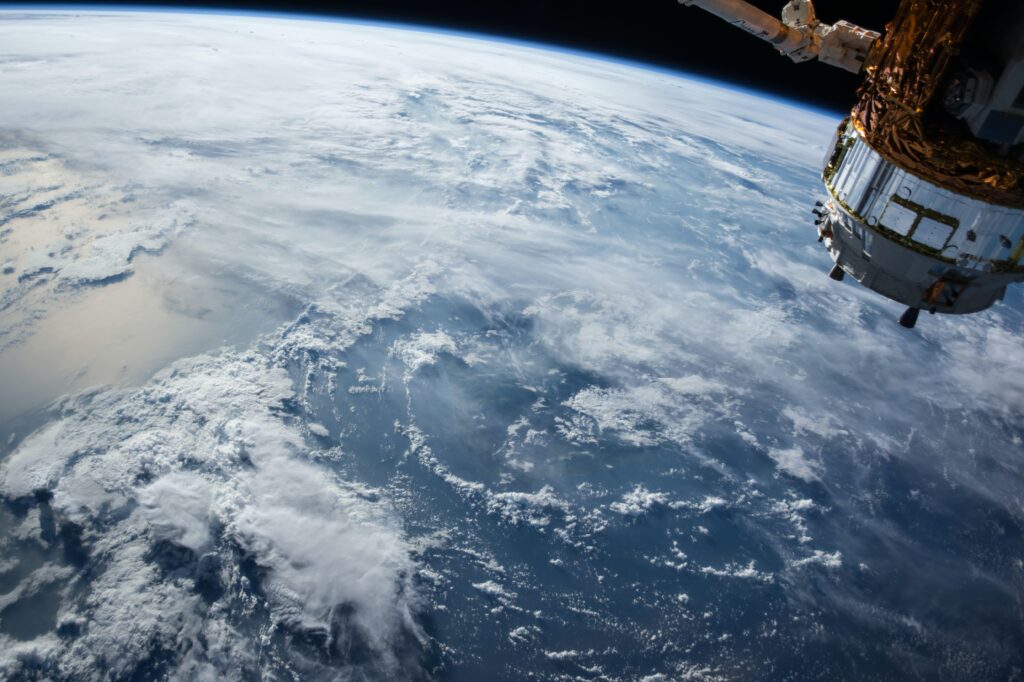
In recent weeks, Americans were captivated by news of NASA’s first return effort to send a rocket to the moon in 50 years. Of course, we were equally distraught when both attempts failed due to a variety of technical issues. However, this new mission to send Artemis 1 to the moon is part of a space Renaissance and a hope to one day send a human to Mars.
We have always been fascinated by space travel and will closely follow what lies ahead for NASA, but we certainly have other interests for tracking the space exploits of Artemis 1. The process of preparing a rocket to travel to the moon, and safely transport humans there and back, is a fertile ground for invention. During the Apollo missions, for example, Black and Decker partnered with NASA to invent battery-powered tools that included the first Dustbuster. Wireless headset technology was also a byproduct of associated shuttle research.
In the architecture industry, we saw the impacts of the Apollo mission through the invention and development of fireproof materials and heat tiles used in industrial facilities. Additionally, shock absorbers developed to protect shuttle equipment during launch are now used to protect bridges and buildings in earthquake-prone areas. Because NASA needed to determine a way to generate power while on the moon, they dramatically improved technology for solar cells now used everywhere to capture solar energy.
These developments are just within our spheres of interest, but there are many more inventions and enhancements that came about because of the mission to go to the moon. So, Artemis 1 has us hoping and wondering what new technological advancements might develop and impact our industry in the years to come. We will keep our eyes on the sky!


